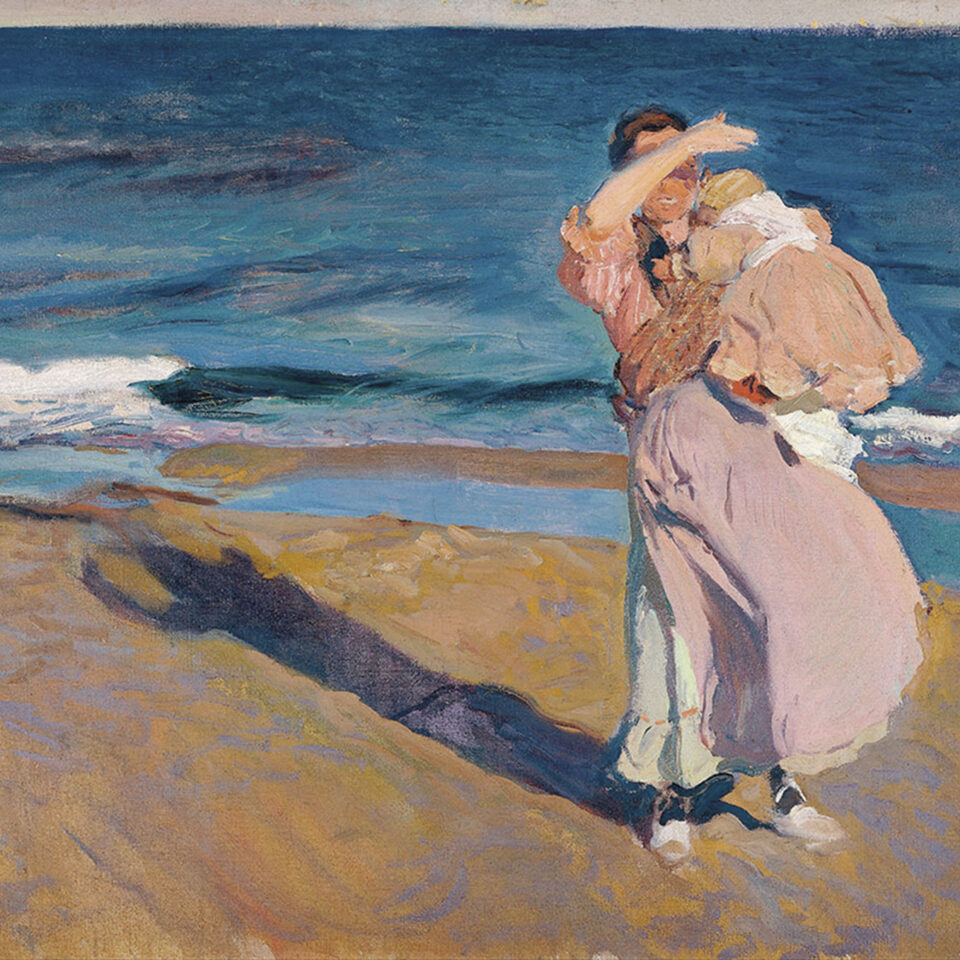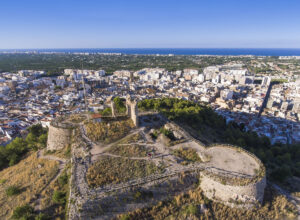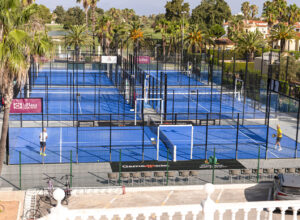Joaquín Sorolla (Valencia, 1863-Madrid, 1923) is one of the greatest master painters in Spain, the painter of the iridescent light of the Mediterranean par excellence. The most internationally known Spanish artist, in the period of time from Goya to Picasso. He hadn’t been back to London since his exhibition in the Grafton Galleries in 1908, where he was presented as “the best living painter in the world”. From March to 7th July, he is back in the English capital, as the National Gallery has organised an exhibition of 60 of his best paintings.
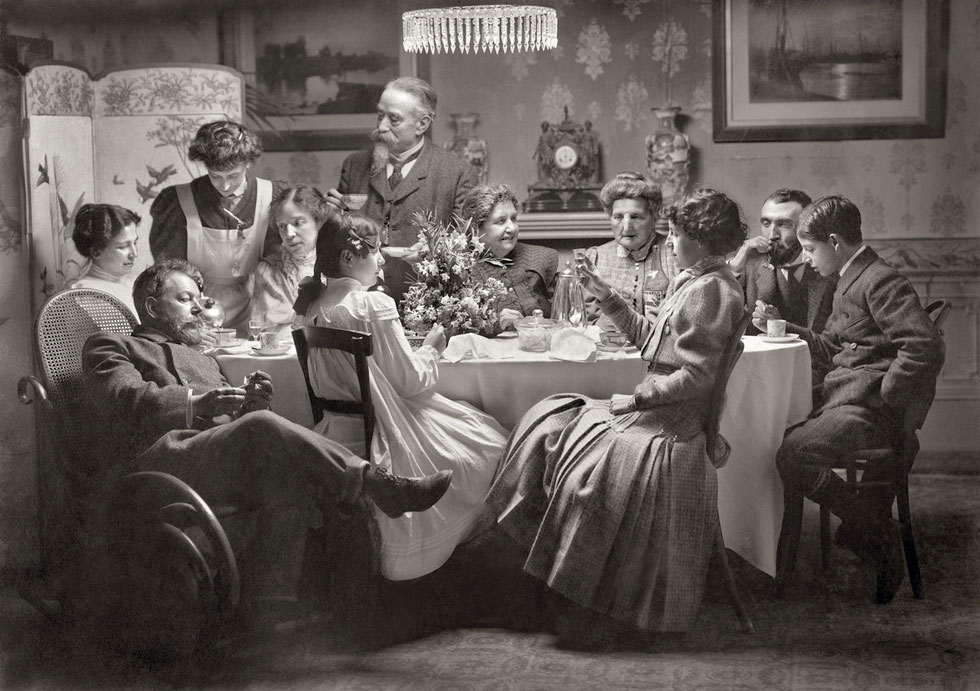
Sorolla is a totally accomplished artist whose precocious virtuosity allowed him to be a dramatic social-issue painter, a follower of the Spanish tradition of portrait painting and a master painter in terms of capturing the light of the Mediterranean form the impressionist style. Impressionism was enjoying a boom at that moment in France and Sorolla’s style of painting can be perfectly identified: preference for open-air, momentary and ephemeral settings; the capture of the many different effects of light; the absence of black colour and contour lines; small, loose and independent brushstrokes. It is worth considering his work as a portrait painter and the depiction of genre scenes of Spanish life.
Sorolla’s topics are varied, but there are two repetitive subjects: beach scenes and traditional scenes with folk costumes, everything seen from a unique luminism. The use of white as one of the dominant colours has managed to make his paintings incomparable in terms of light and has created his own stamp, which makes his works easily distinguished. Nobody has captured light in such a perfect way when representing the Mediterranean Sea, its water and light like Sorolla did. He was familiar to the abstraction of Valencia’s beaches, where he sat for hours and remained beyond the passing of time, the nuisances of working in the sun and the mosquito bites, in order to get the most out of even the last glimmer of light.
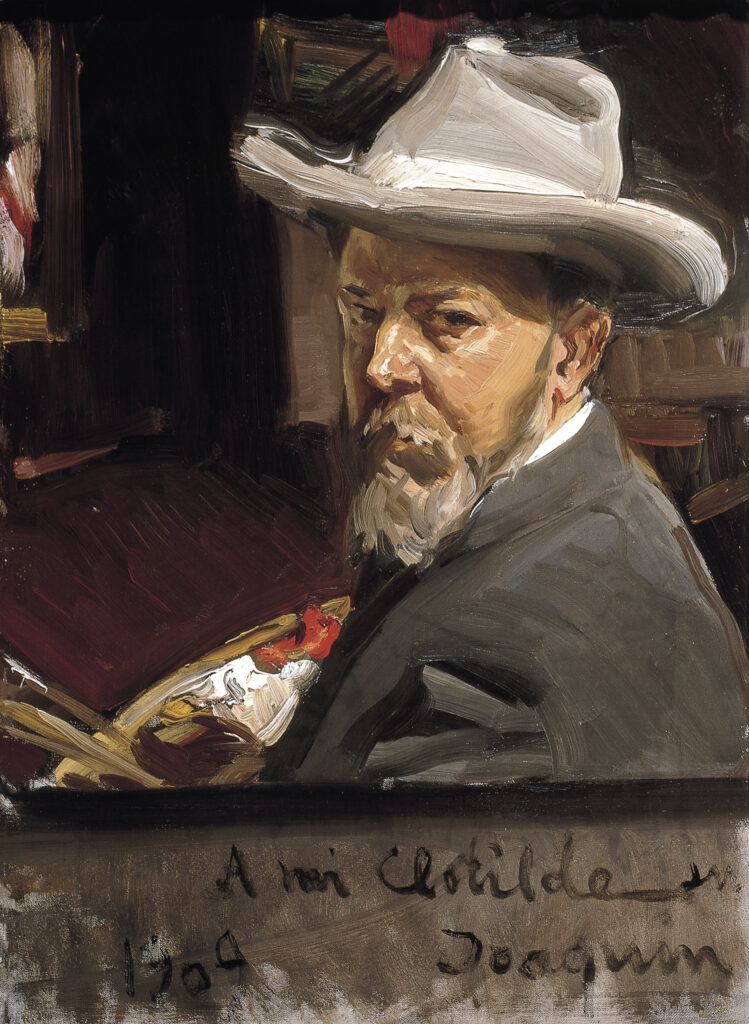
Sorolla usually went to La Malvarrosa, a beach in his native Valencia, with his easel. In this setting, he uses the naked bodies of children to deal with the specks of light and shadow, the reflections and the wind. It’s worth highlighting the shadows in colours such as mauve, brown or even white, as well as the wonderful reflections of water on the childish skin under the sun. These are some of his most characteristic paintings: “Children on the beach”, “Bathing on the beach”, “After the bath in the sea”, “Sea Idyll”, “The little yacht”, “The Horse’s Bath”, “Girl entering the bath”, “The white boat”. They have all been painted from the shore of La Malvarrosa beach, with that magic light so typical from Sorolla, which is captured in other genre paintings.

“When you get into Joaquin Sorolla’s studio, it seems as if you were going to the beach, open-air; it’s not a door which is shut behind us, it’s like a door which opens to midday”, the poet Juan Ramón Jiménez wrote. It’s not possible to gather together all the positive criticism about Sorolla and his paintings. Most of his work can be admired in places such as the Prado Museum in Madrid, the Museum of Fine Arts of Valencia and the Museum Sorolla in Madrid.
The best-known image in the word of Joaquín Sorolla speaks about Mediterranean landscapes, women with geraniums, sea foam and sun. However, his role in art history is much more than that. His knowledge and control to represent light, his forceful social criticism and his mastery in terms of picture composition turn him into one of the greatest masters in Spanish art history.
The support of the critics and art collectors he found in Paris, Munich, Venice, Vienna, Berlin, London and New York helped him become the painter he was. He was advertised as “the best living painter in the world”.
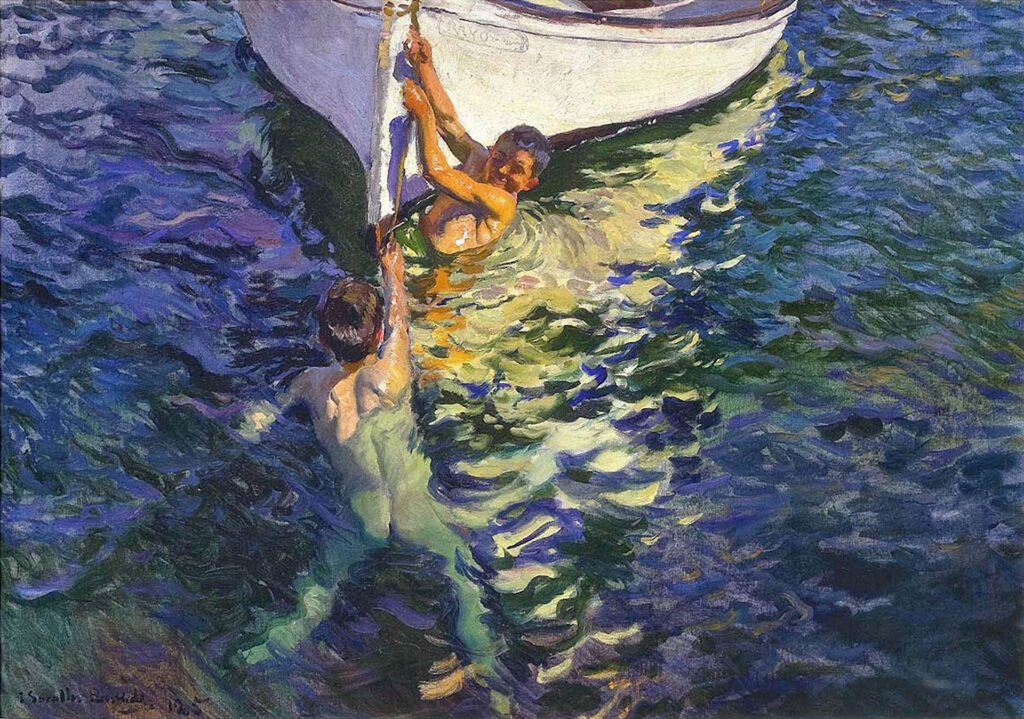
Sorolla was not only able to paint the Mediterranean light, but he also captured the typical light from Salamanca, Castile, Andalusia… Furthermore, he painted portraits and inner landscapes with great skill. All his work represents the joy of living. He also captured the most iconic images in New York: the Flatiron Building, the Grand Central Terminal, St. Bartholomew’s Episcopal Church… These images are used to prove that Sorolla, much earlier than Picasso, was the first Spanish artist who stood out in the United States of America, among the art collectors (there are more than 350 owners of his works) and in galleries and museums too. He created more than 4.000 paintings. “He had the ambition of capturing everything”, the Spanish essayist and politician Ramiro de Maeztu wrote about him.
In his youth, Sorolla created some of the model works in terms of social realism of that period. This is the case of the painting “And they still say fish is expensive!”, an imposing picture which shows two fishermen helping a sailor, in the hold of a boat, hovering between life and death after a work accident. The work “Sad Inheritance” crowned his socially engaged painting and his international standing with the representation of a group of many blind, mad or crippled children go into the sea under the watchful eyes of a friar. This scene was captured by Sorolla from the picture windows of his studio.
Around 1920, entering the twilight of his career, Sorolla signed a contract for a project which kept him busy during the last decade of his life: a mural painting about the different Spanish regions, 70 metres long and 3 metres tall, for the Hispanic Society in Manhattan.

The Prado Museum in Madrid hosts Sorolla’s main paintings. The Museum of Fine Arts of Valencia exhibits some of his works too.
